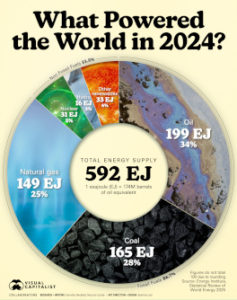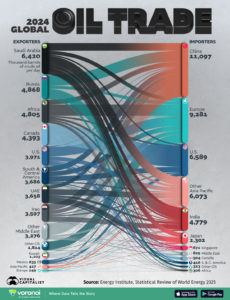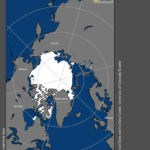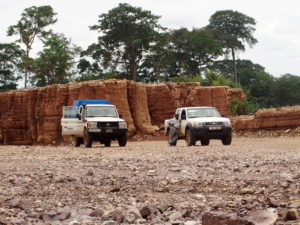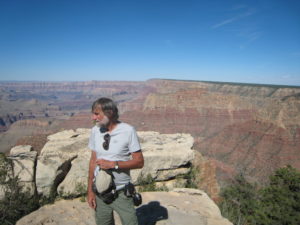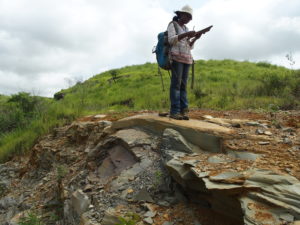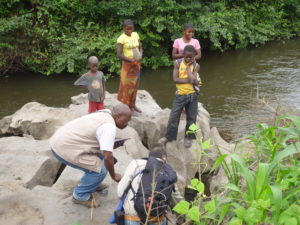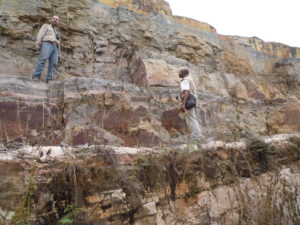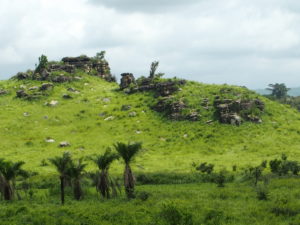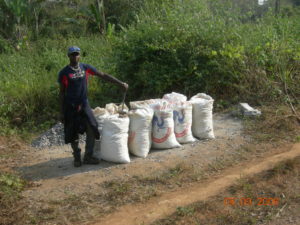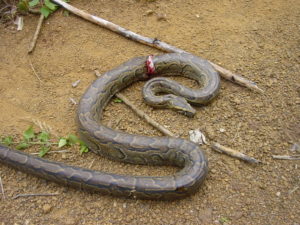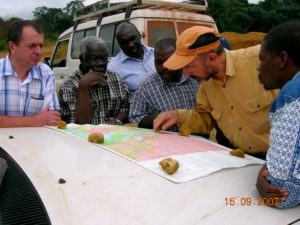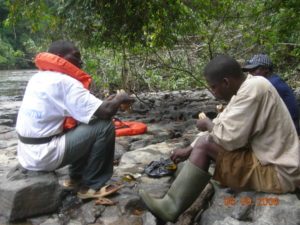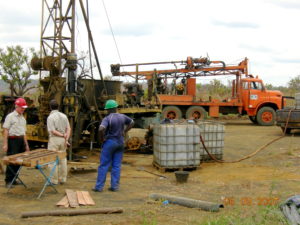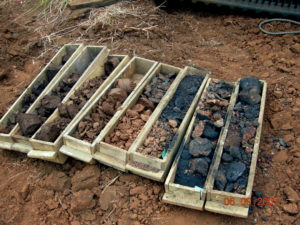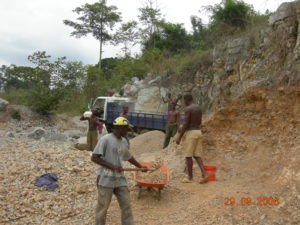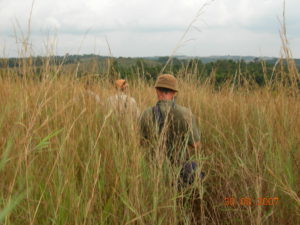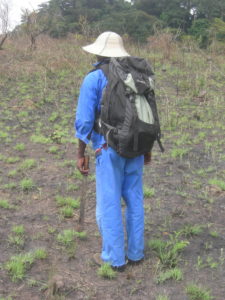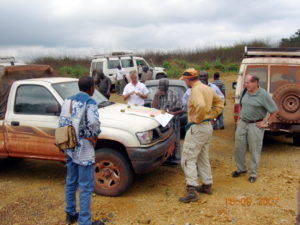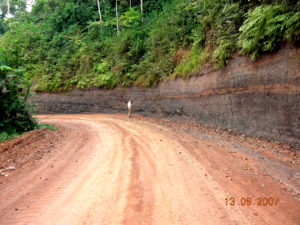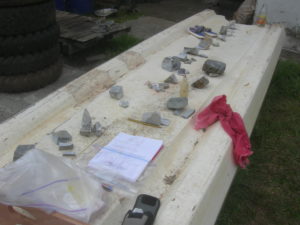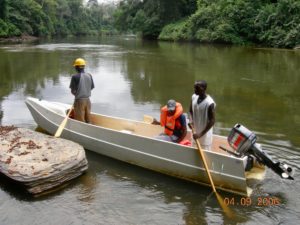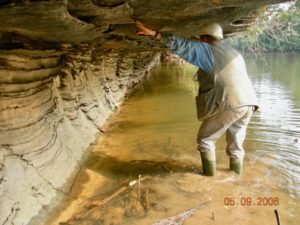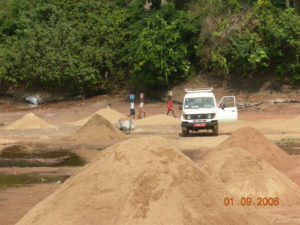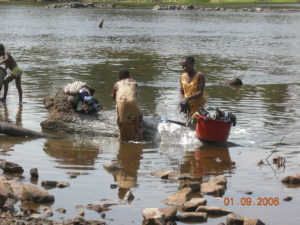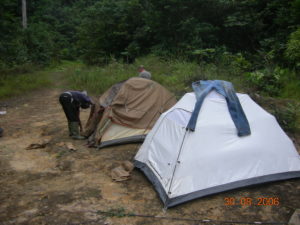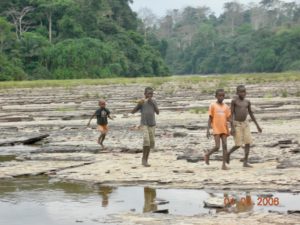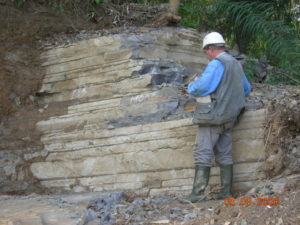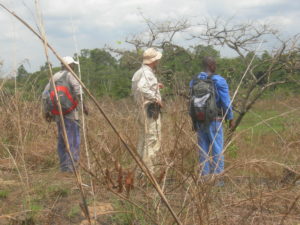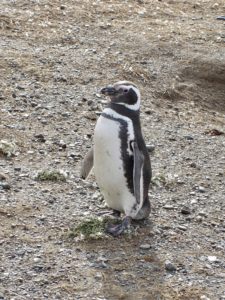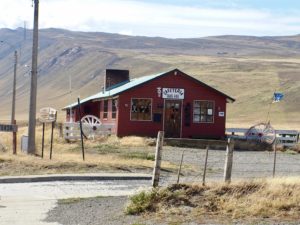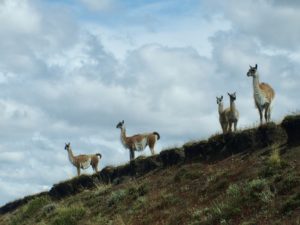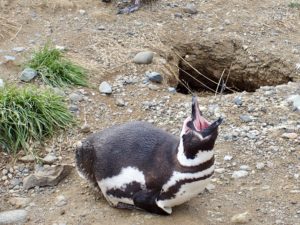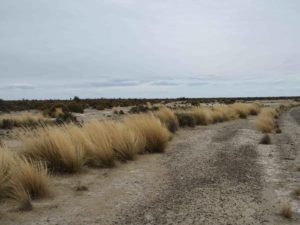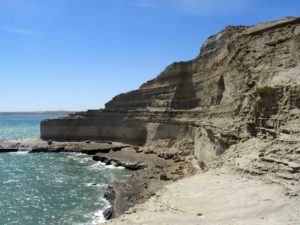by A. Watts, Aug 29, 2025 in ClimateChangeDispatch
Why abrupt Antarctic ‘climate shifts’ aren’t new or necessarily catastrophic.

A recent CBS News article, “Abrupt Antarctic climate shifts could lead to ‘catastrophic consequences for generations,’ experts warn,” claims that Antarctica is on the brink of irreversible collapse due to climate change, warning that sea levels could rise by meters and that “catastrophic consequences for generations” are looming. [emphasis, links added]
This is false or, at best, deeply misleading.
The actual data and history of Antarctic ice show that “abrupt changes” are neither unprecedented nor a reason to panic. Natural variability and cyclical shifts are being ignored in favor of sensational headlines pushing the increasingly untenable climate crisis narrative.
CBS was not alone in pushing the Antarctic climate crisis narrative.
On August 21, 2025, the Australian Broadcasting Corporation (ABC) joined the chorus of media outlets with alarming headlines warning of a pending ice collapse, publishing a report claiming Antarctica is undergoing “rapid, self-perpetuating changes” that are “potentially irreversible.”
Each of the reports cited a new Nature review led by Professor Nerilie Abram as the source of the information for their alarming articles.
ABC’s article presents Antarctica as being in a state of runaway decline, with imminent threats to emperor penguins and global sea levels, parroting language from the Abram paper as if it were an observed fact, rather than the speculative synthesis of research papers that the Nature study cites.
CBS, ABC, and other media outlets are covering this story as if a tipping point is upon us—but a closer look at the evidence reveals otherwise.
…
…


